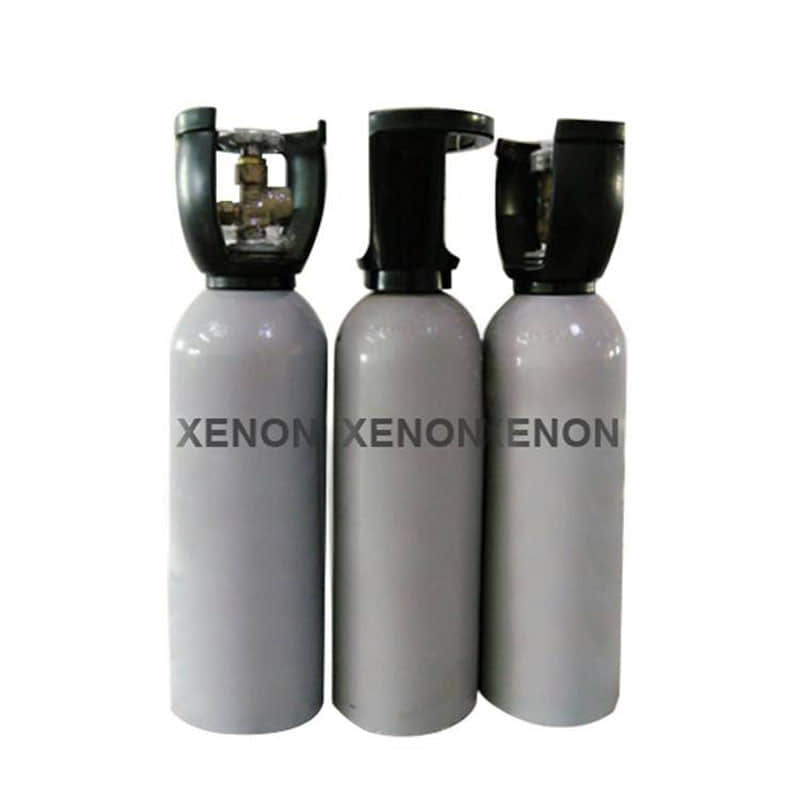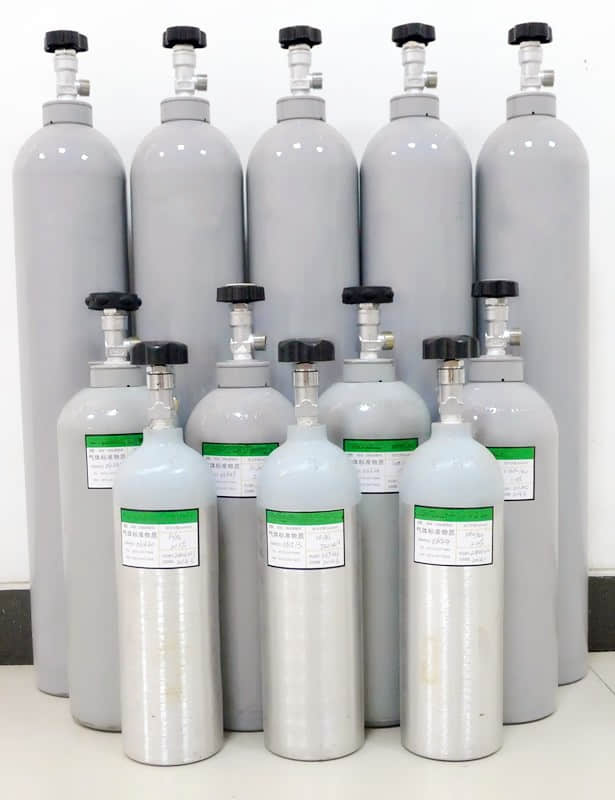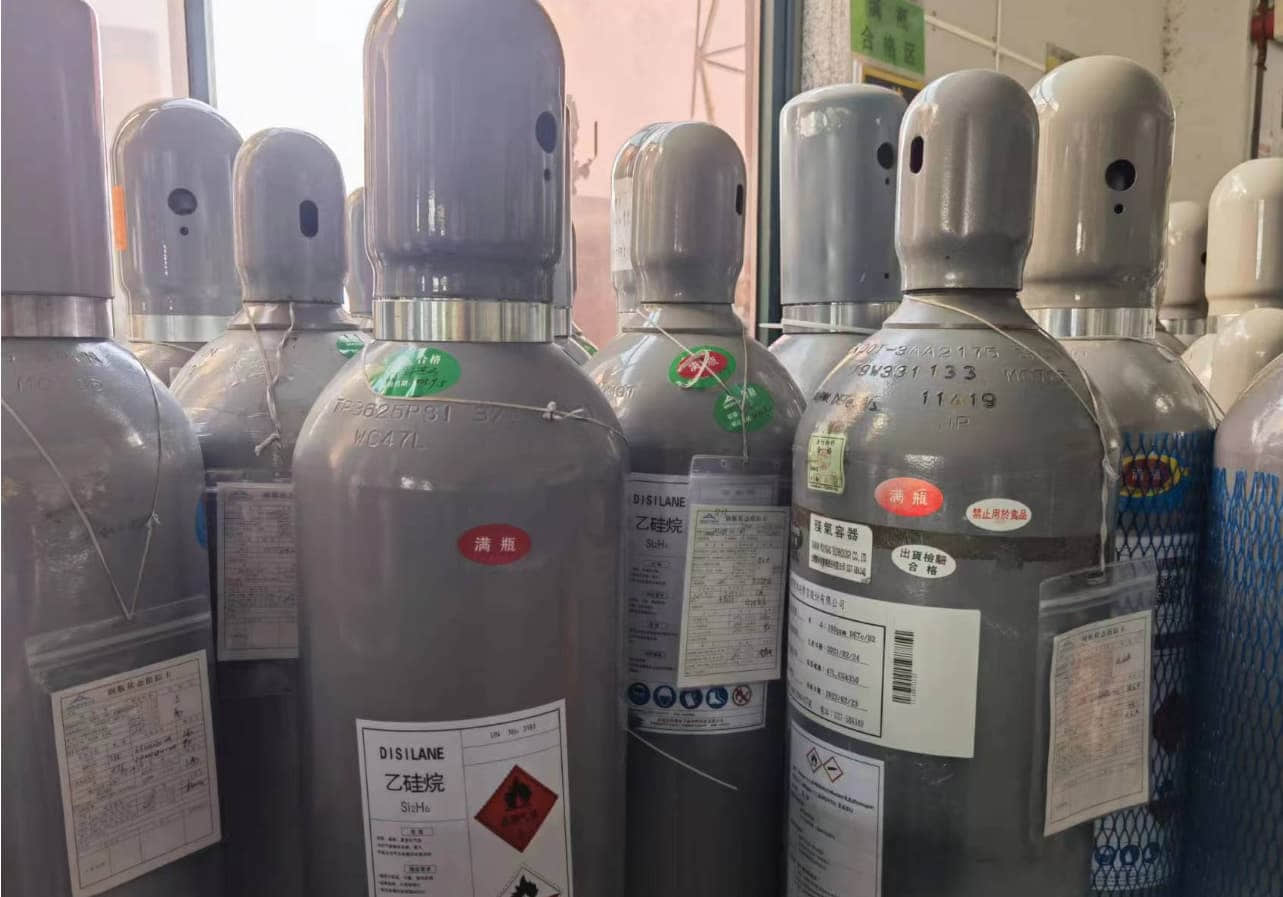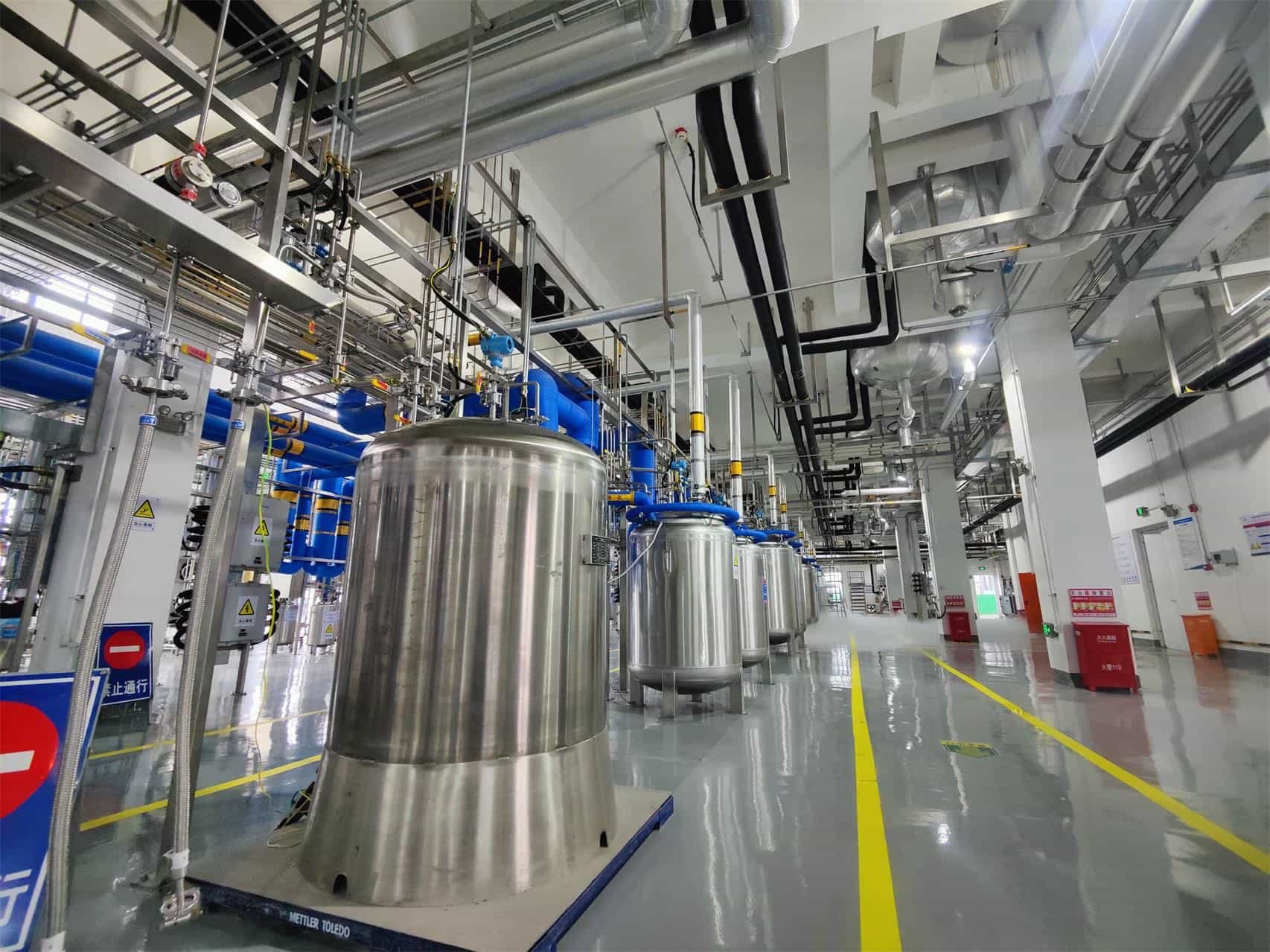Xenon (Xe) Molecular weight: 131.29 Melting point: -111.79℃ Boiling point: -108.12℃ Critical temperature: 16.59℃ Critical pressure: 5.84MPa Critical volume: 118cm³/mol Xenon is a colorless, odorless, and non-toxic gas widely used in industrial and scientific fields, mainly due to its high density and thermal conductivity. In the electric light source industry, xenon gas has advantages such as high luminous intensity, small size, long lifespan, and power saving. For example, bulbs filled with xenon gas have the above advantages compared to argon filled bulbs of the same power. Xenon has a particularly strong ability to penetrate fog, so it is commonly used as a fog navigation light in airports, stations, docks, and other places. It can also be used for welding or cutting refractory metals such as titanium and molybdenum. In medicine, xenon gas is used as an anesthetic and contrast agent for X-ray photography, as well as a deep anesthetic with no side effects. In the field of space science, xenon gas is also used to search for hypothetical large mass weakly interacting particles and as a propellant in new spacecraft ion thrusters. In the electronics industry, krypton xenon gas is mainly used in 3D NAND memory high aspect ratio etching processes to achieve multi-layer stacked structures. In semiconductor manufacturing, electronic specialty gases, including krypton, xenon, and neon, are the second largest consumables after silicon wafers, accounting for 14% of the total material cost. Xenon gas is mainly used in plasma etching processes, especially in the manufacturing of microelectromechanical systems (MEMS). In the wafer manufacturing process, plasma etching technology can integrate microelectronics and micromachines into a whole, producing circuits with stronger performance. When using xenon gas, the following safety precautions need to be noted: The pressure of xenon gas stored in gas cylinders should not be too high and should usually be maintained below 0.5MPA. If the pressure is too high, excess gas should be discharged before use. Gas cylinders storing xenon gas should be kept away from ignition sources and high-temperature environments, and should not be mixed with combustible or combustion supporting gases. When using xenon gas, it is important to ensure good ventilation on site to prevent suffocation or hazards caused by improper pressure and temperature. After using xenon gas, the bottle valve should be closed to ensure gas quality and safety.
Health hazards:
The harm to humans is similar to argon. Inhaling oxygen mixed with 70% xenon gas can cause mild anesthesia and loss of consciousness after about 3 minutes.
The harm to humans is similar to argon. Inhaling oxygen mixed with 70% xenon gas can cause mild anesthesia and loss of consciousness after about 3 minutes.
Hazardous characteristics:
If encountering high heat, the pressure inside the container increases, posing a risk of cracking and explosion.
If encountering high heat, the pressure inside the container increases, posing a risk of cracking and explosion.
Storage conditions
Storage precautions: Store in a cool and ventilated non combustible gas dedicated warehouse. Keep away from sparks and heat sources. The temperature of the warehouse should not exceed 30 ℃. It should be stored separately from combustible materials and should not be mixed for storage. The storage area should be equipped with emergency response equipment for leaks.
Storage precautions: Store in a cool and ventilated non combustible gas dedicated warehouse. Keep away from sparks and heat sources. The temperature of the warehouse should not exceed 30 ℃. It should be stored separately from combustible materials and should not be mixed for storage. The storage area should be equipped with emergency response equipment for leaks.
Fire extinguishing method:
This product is non flammable. Cut off the air source. Spray water to cool the container, and if possible, move the container from the fire site to an open area.
Part 6: Emergency Response for Leakage
This product is non flammable. Cut off the air source. Spray water to cool the container, and if possible, move the container from the fire site to an open area.
Part 6: Emergency Response for Leakage







